IT has been a tough year for ruckmen, as well noted at Port Adelaide. Too many have taken long tenure on injury lists across the league this season.
At Alberton, experienced ruckman Scott Lycett has been sidelined since round four with the need for shoulder surgery.
First-year ruckman Sam Hayes is out of action by the COVID protocols.
And mid-season rookie draftee, West Australian Brynn Teakle, lasted just 35 minutes in his AFL debut match at Adelaide Oval last month before going to hospital to correct a broken collarbone after executing a hip-and-shoulder bump.
Port Adelaide has adapted. Sam Powell-Pepper - much to his own surprise in being handed the role - has kept many experienced ruckmen honest in contests around the ground.
Key forwards Jeremy Finlayson and Charlie Dixon have emerged as a strong combination - particularly in their follow-up work from ruck contests - while duelling with bigger and more-experienced ruckmen.
Three matches in the past fortnight - two featuring Port Adelaide - rekindle the debate on how important is the raw hit-out statistic. The numbers have been refined to give more meaningful analysis as "hit-outs to advantage". But still there is the argument on the merit of hit-outs, the value of playing one rather than two specialist ruckmen and the power of ruckmen, full stop.
Less than a decade ago, Collingwood and Brisbane coach Leigh Matthews went on record saying: "Hit-outs are useless. It's only (relevant) when they contribute to the clearance, running the ball from the pack."
Brownlow Medallist Gerard Healy responded that dominant ruckmen force opposition coaches to "play an extra man at the stoppage - as was the case when Fremantle giant Aaron Sandilands was dominant and Fremantle worked that extra player as a loose man in defence."
Geelong premiership coach Mark Thompson chimed in at the time saying: "I've never placed a great emphasis on ruckmen either. But when you haven't got one and you are playing two young kids against a giant ruckman, it does make a difference."
Finlayson and Dixon are not young kids. They stood up against Gold Coast giant Jarrod Witts (209 cm) in round 15 when Port Adelaide lost the hit-outs 43-21, won the centre clearances 16-13 and was marginally behind in other stoppages, 20-27. Port Adelaide won by two points. So much for hit-outs.
Port Adelaide midfield coach Brett Montgomery last week quickly moved beyond the hit-out statistics noting: "So what do you put a price on? What do you value? At the moment, we are getting a great return from valuing what our ruckmen (Finlayson and Dixon) offer away from the ruck contest.
"Last weekend, Jarrod Witts was far too damaging with his silver service tapwork to the Gold Coast midfielders. But there was no doubt that once the ball hits the ground, Jeremy was the best of the talls on the oval. Jeremy had comprehensively outplayed the opposition ruckman once the ball hits the floor."
Same could be said of Dixon at the start of the last term against Fremantle, particularly with the goal he scored after competing at centre ruck, following up to take a handpass from Travis Boak and finishing the clearance with a goal from outside 50 to spark the Port Adelaide revival that fell eight points short.
At Perth Stadium on Sunday, Finlayson and Dixon worked tirelessly against the All-Australian-contending Sean Darcy (203 cm) and the hit-out numbers went 51-22 against Port Adelaide. At clearance, Fremantle was more assertive - 19-10 at centre and 28-20 around the ground. Fremantle's strength emerged when Darcy's ruck superiority was coupled with stoppage strength and the work of midfielders Angus Brayshaw and James Aish in rushing the ball from inside to outside the contest.
The eight-point margin reaffirms ruck dominance alone is not a barometer to wins in AFL football.
MG MVP | Vote for the best afield against Fremantle
At Adelaide Oval on Saturday, Melbourne dealt with the double blow of starting without its premiership ruck duo, All-Australian Max Gawn and young support act Luke Jackson.
Melbourne soundly lost the hit-outs, 57-13, but with an elite midfield unit featuring Christian Petracca, Clayton Oliver, James Harmes and Jack Viney won the clearances, 25-22 (14-12 at centre) - and the match by 29 points.
"We lost hit-outs by 40 and won clearances by five - that is a different way for us," noted Melbourne coach Simon Goodwin. "We were spoilt with Max Gawn and Luke Jackson. We did not have that (on Saturday), so we had to do it slightly differently ...
"Sometimes, it is a little bit easier when you know you are not going to win the hit-out. The ability to work off hit areas of the opposition; you are a little bit more honest around stoppages; so your craft is really important.
"Our guys adjusted really well.We have been really spoilt over the years, especially the past six-seven years with Max. We will win the hit-outs most weeks, but this time our (stoppage) guys had great balance around the ball - and won the stoppage game in the end."
The value of ruckmen - particularly those who can hit the scoreboard and become road blocks with repeat intercept marks in defence, ala Melbourne captain Max Gawn - should never be undervalued. But the raw statistics of hit-outs? There is more reason to look deeper than just who wins the tap.


